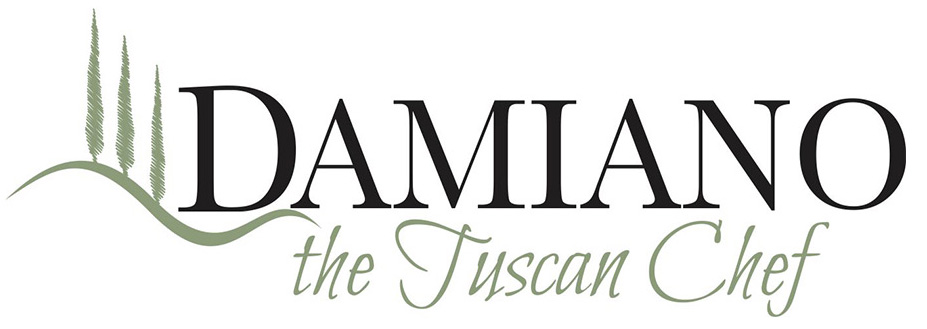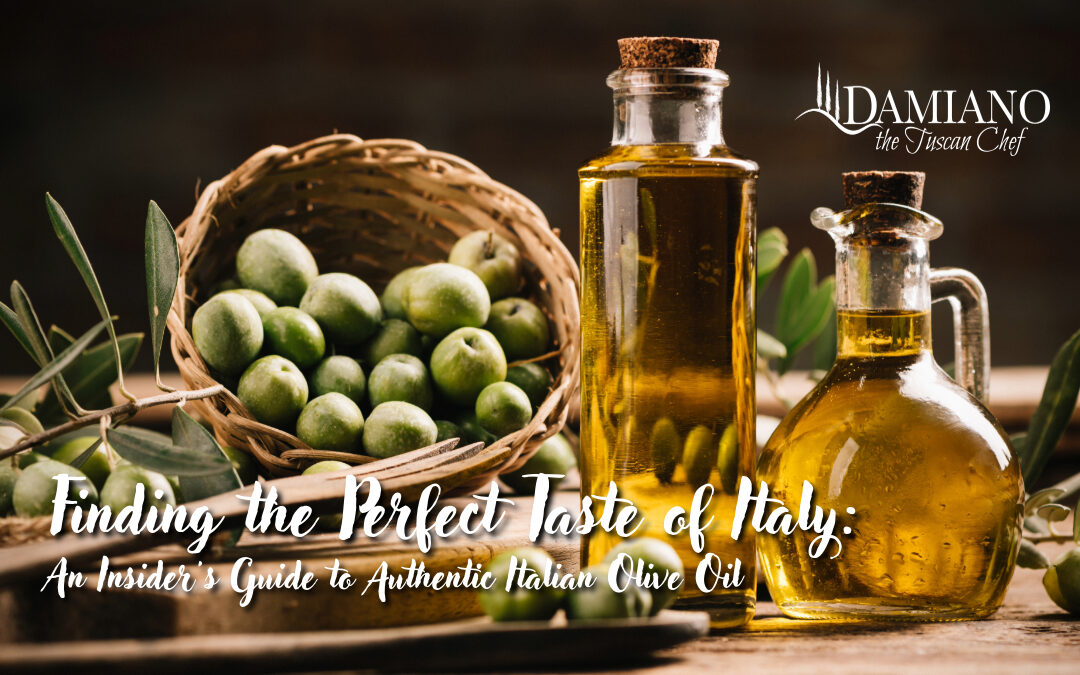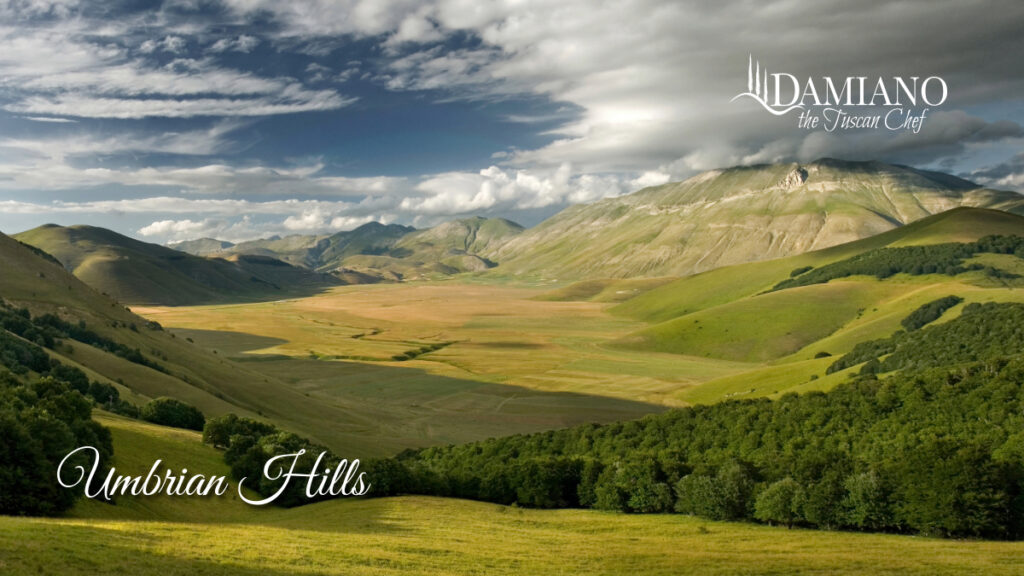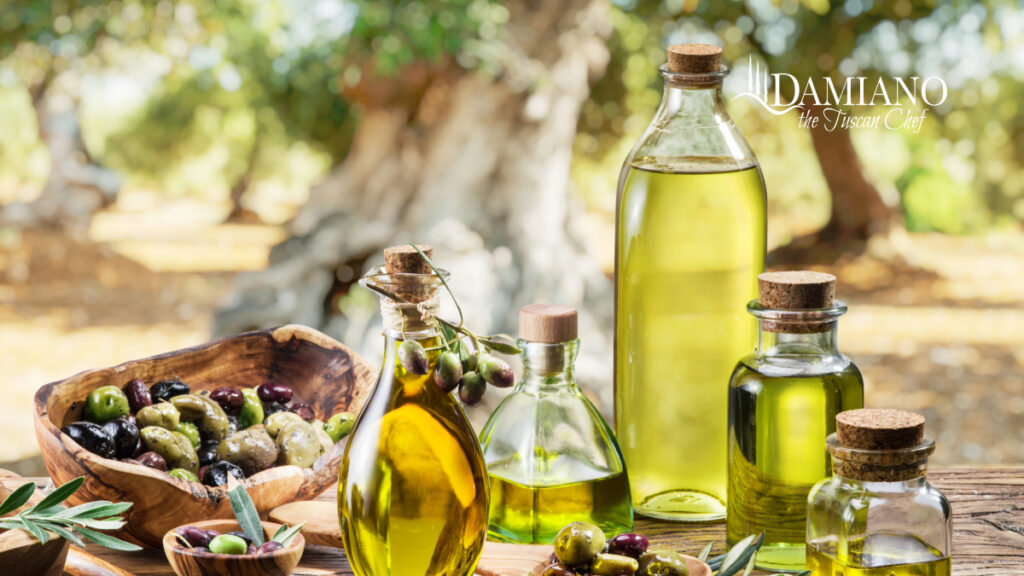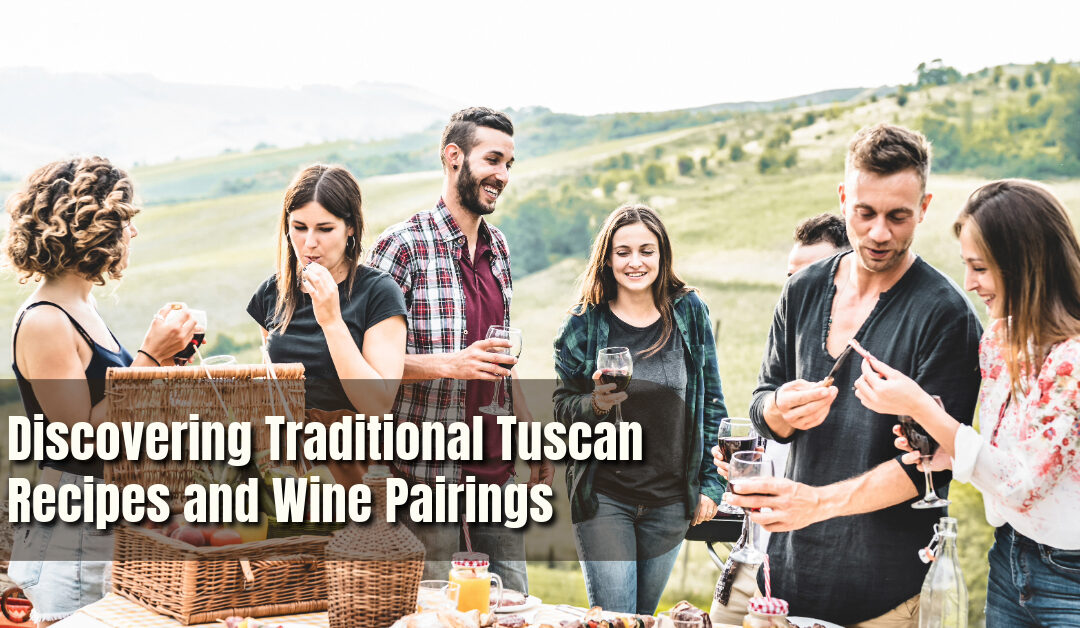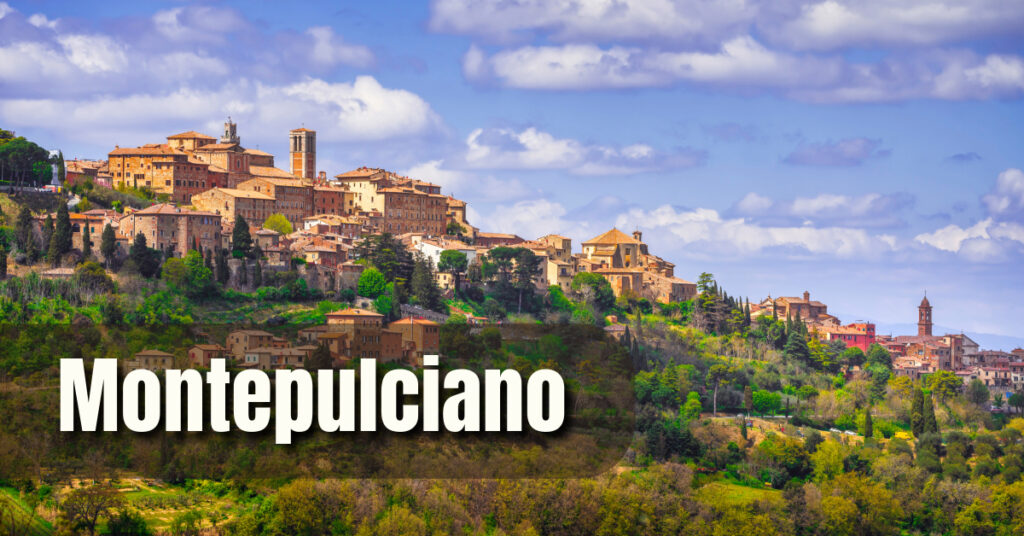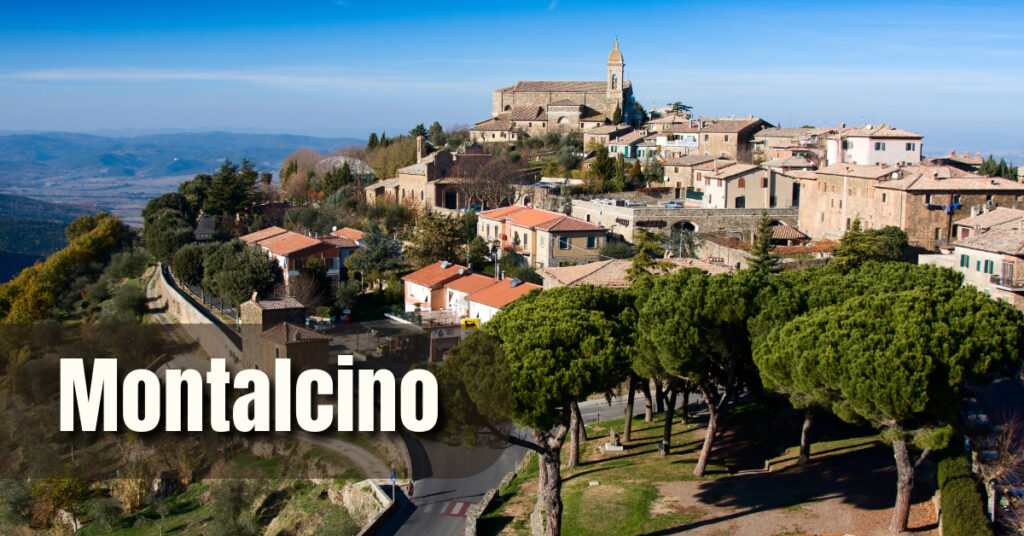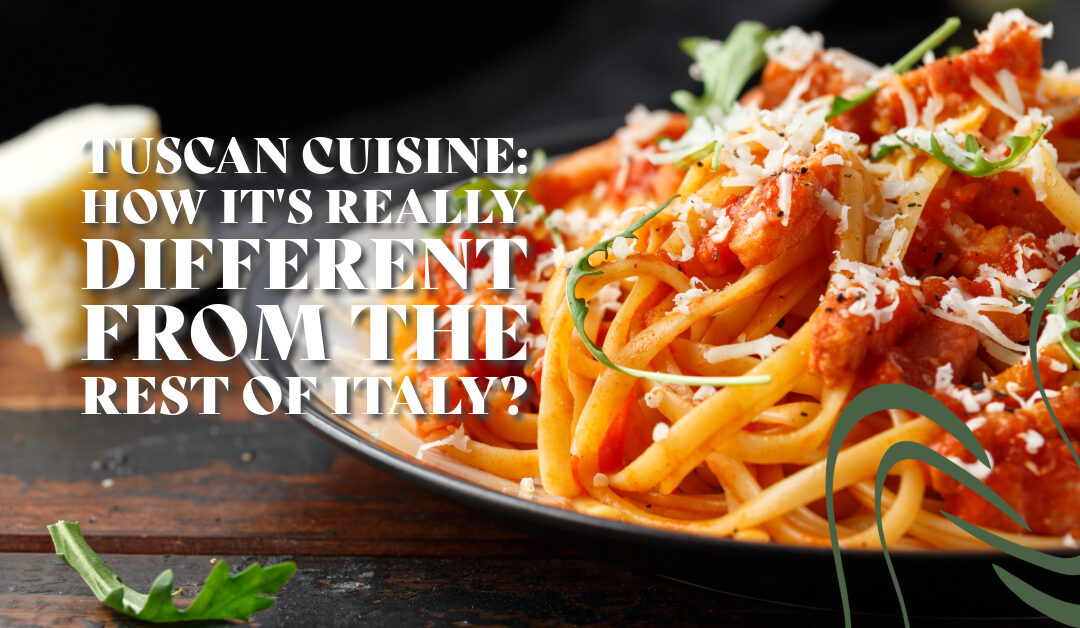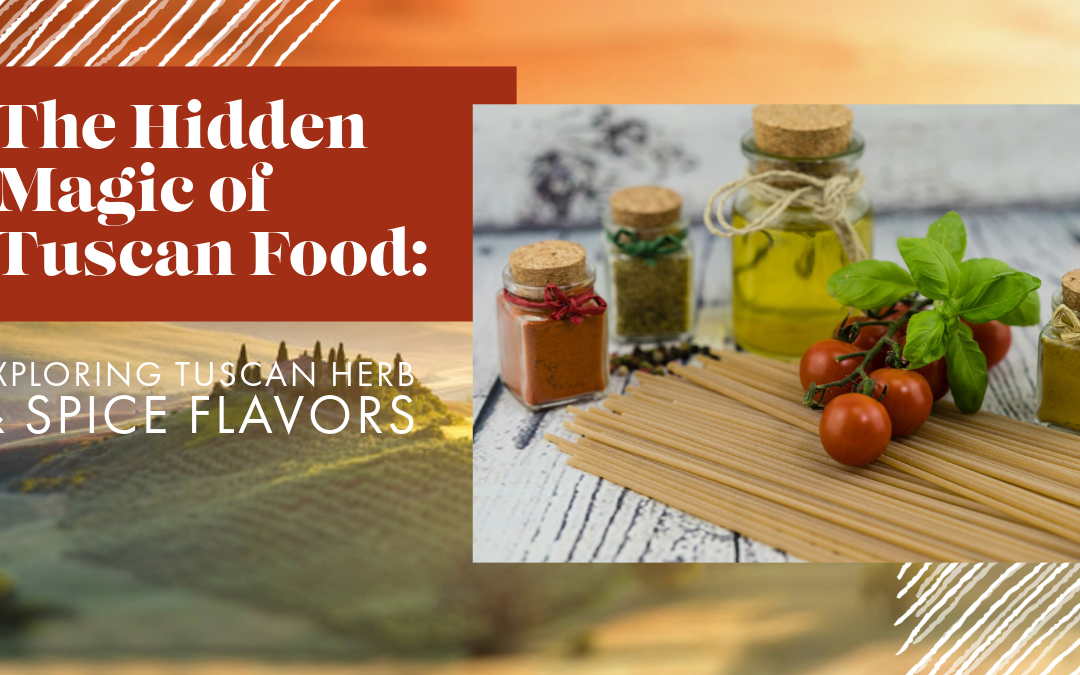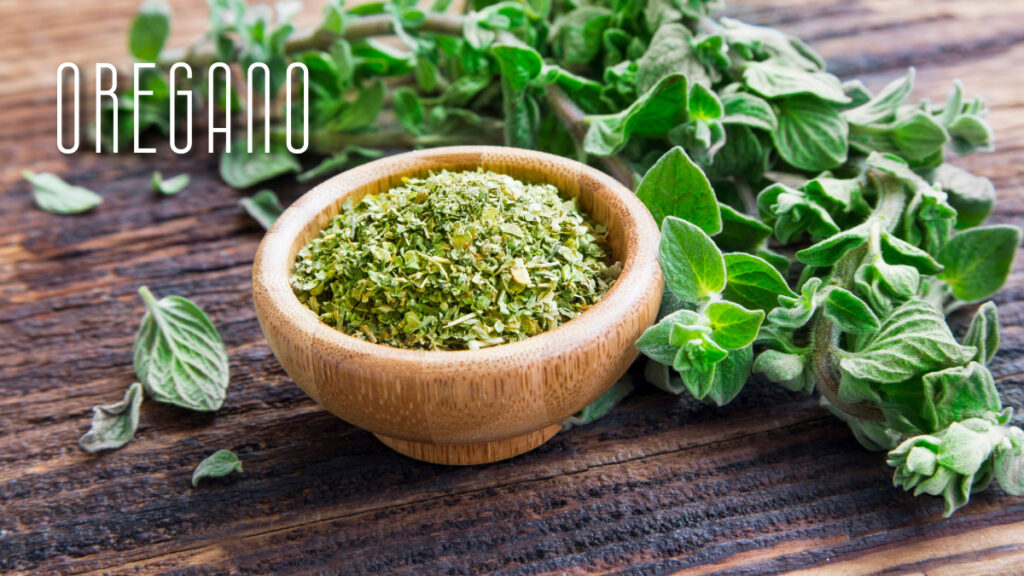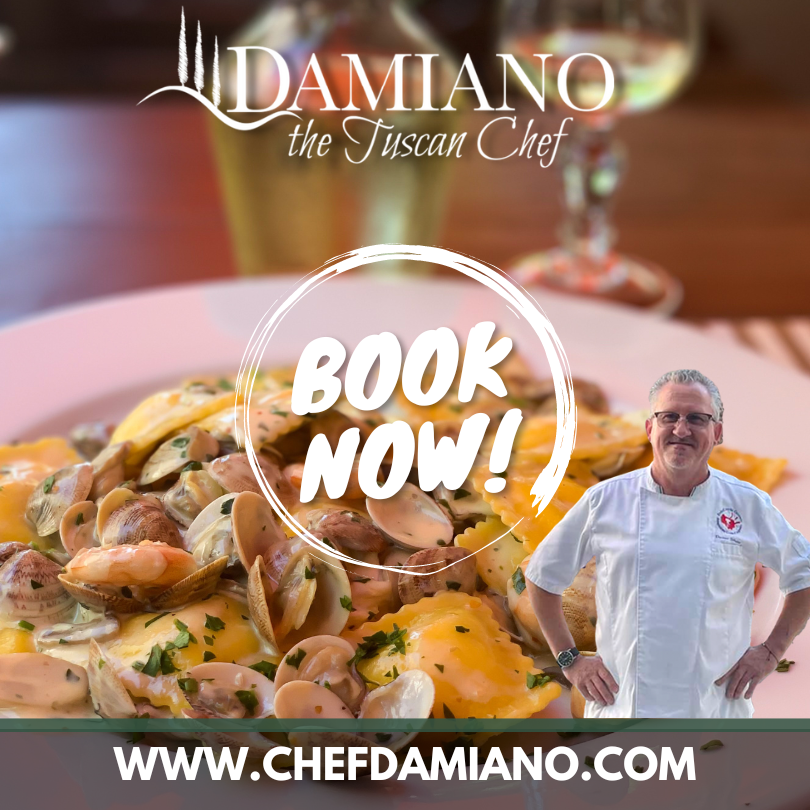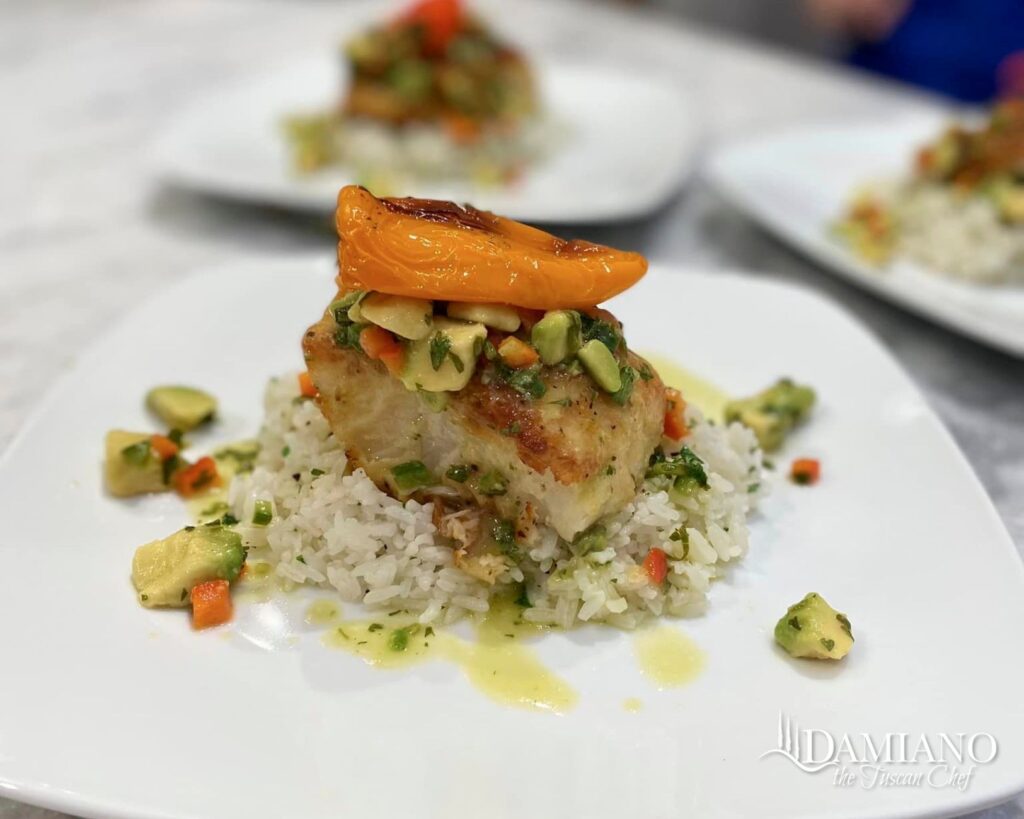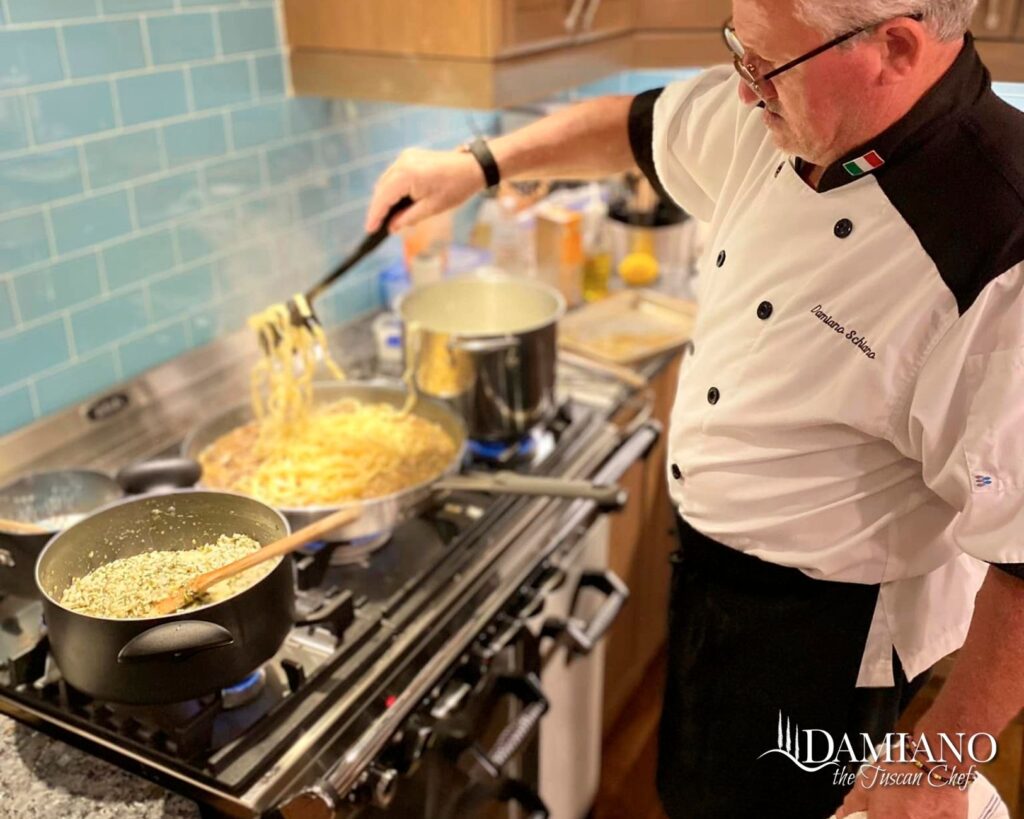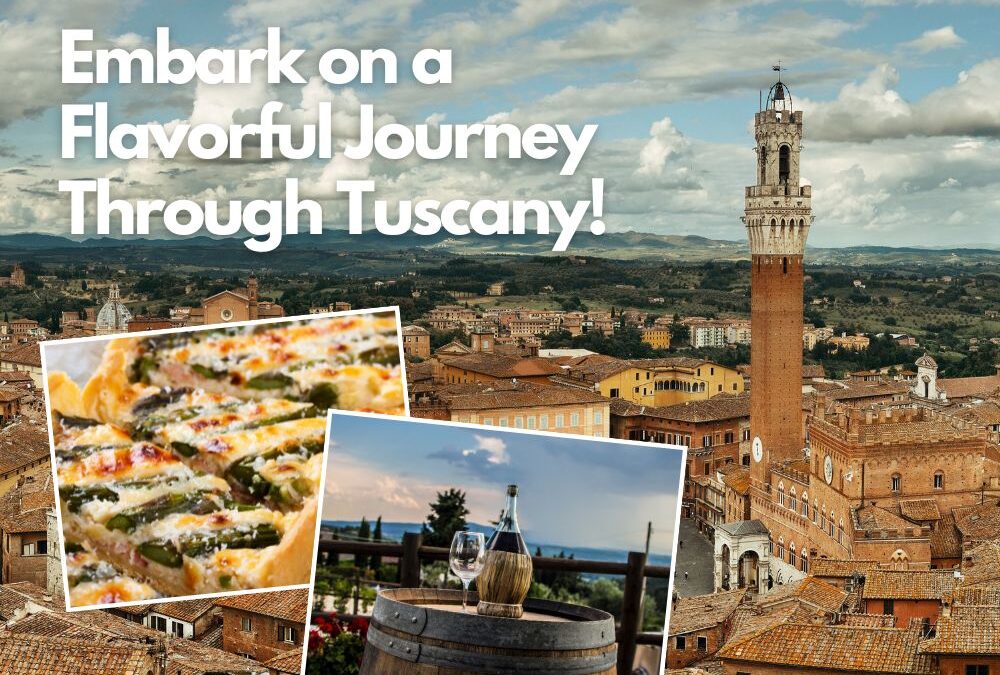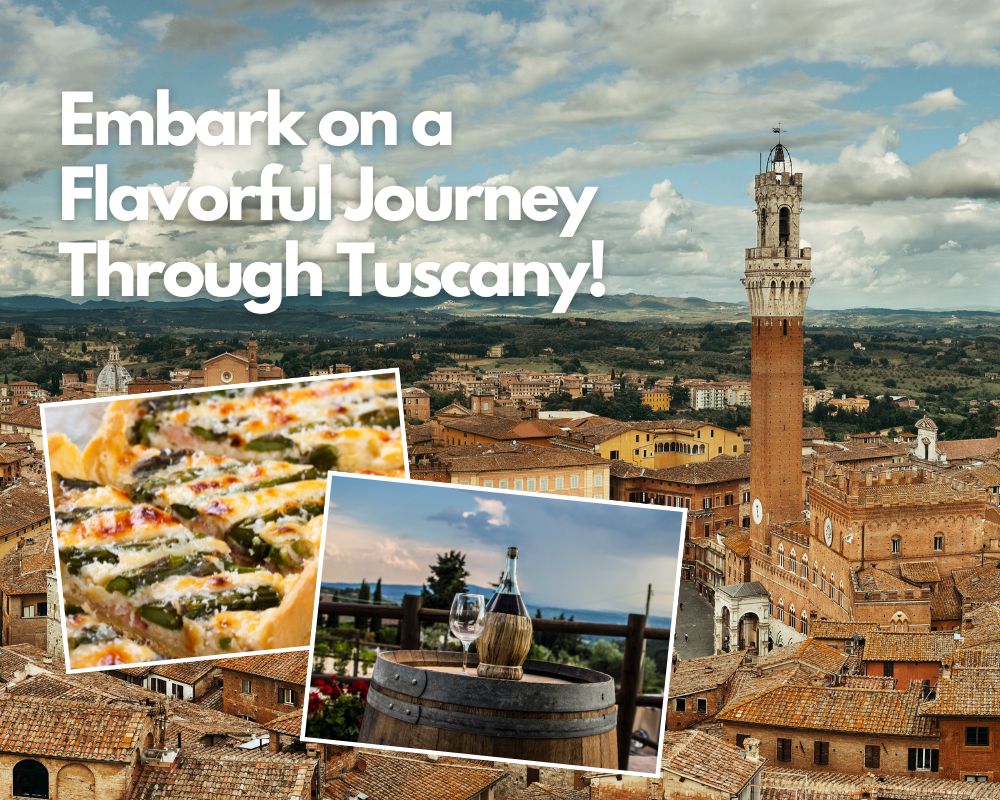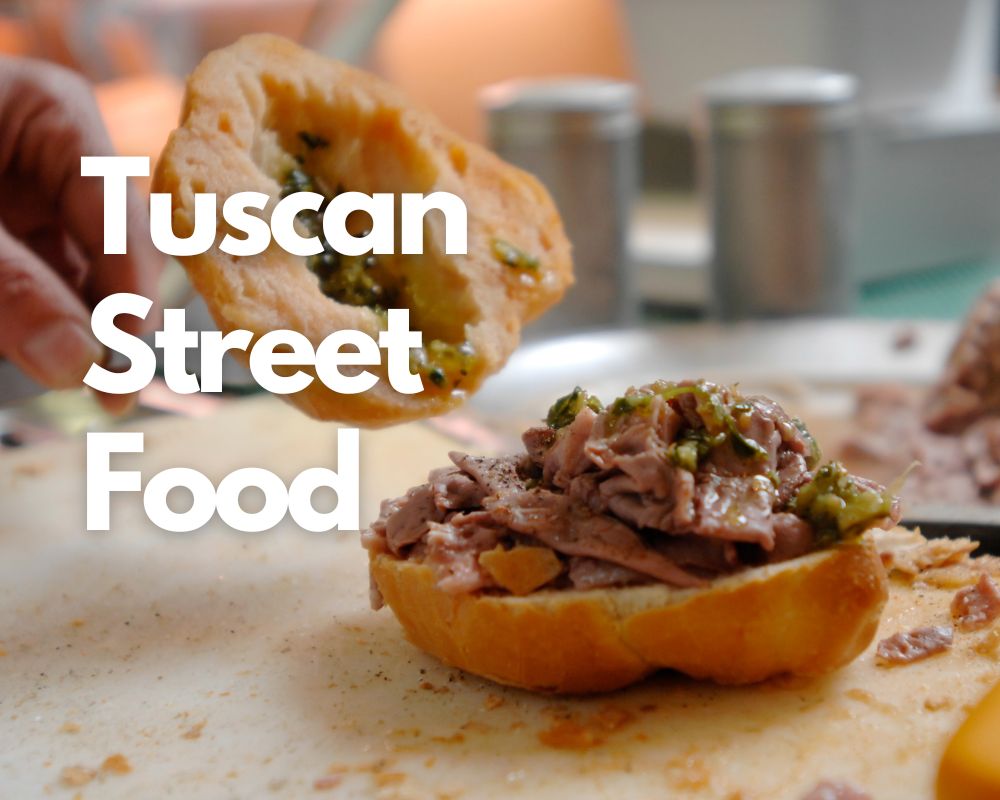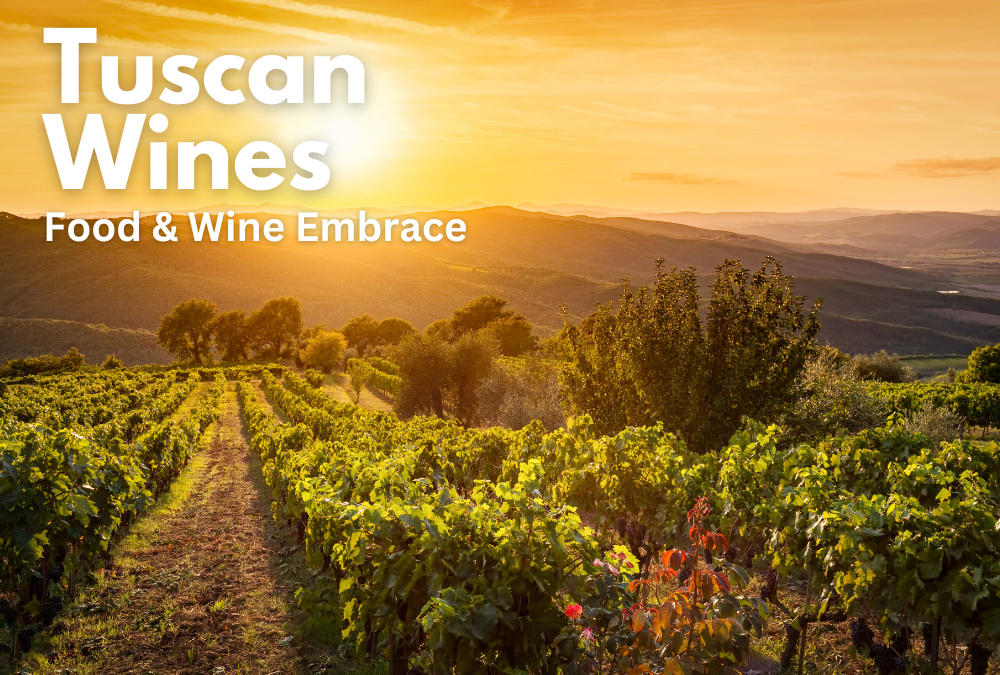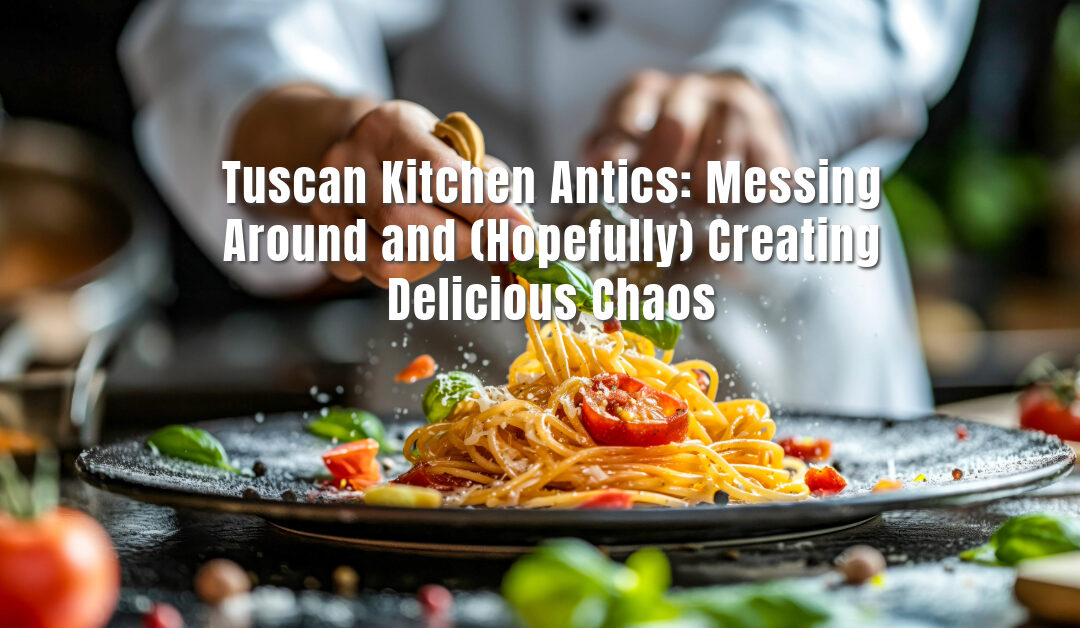
Tuscan Kitchen Antics: Messing Around and (Hopefully) Creating Delicious Chaos
Let’s be real, folks. Tuscan food? It’s the stuff dreams are made of. Fresh, simple, and bursting with flavor that makes you want to close your eyes and savor every bite. But you know what? Even the most amazing classics can get a bit, well, predictable after a while. Enter the glorious world of Tuscan fusion – my playground in the kitchen!
Now, I can already hear some of you gasp. “Tuscan fusion? Isn’t that messing with perfection?” Hold on a second, hear me out! It’s not about throwing shade on tradition. It’s about celebrating those incredible Tuscan flavors by giving them a fun makeover. Think of it as using those delicious ingredients as a springboard to get creative and whip up something incredibly unexpected.
So, scrap the takeout menus and grab your whisks, because we’re about to get wild in the kitchen! Here are a few ideas to spark your culinary creativity:
Asian Adventures with a Tuscan Twist:

Tuscan Banh Mi –
Banh Mi Who? Picture this: We take the legendary Vietnamese street food and give it a Tuscan twist. Instead of the usual pork belly, we’re throwing in some seriously good grilled Italian sausage. We’ll jazz it up with a vibrant salsa verde packed with fresh herbs, all tucked into a crusty Tuscan bread roll for that satisfying crunch. Boom! Flavortown in your mouth, guaranteed.
Tuscan Ramen, Ditch the Instant Noodles –
Forget the sad, packaged broth – let’s create a rich and flavorful symphony using roasted tomatoes, cannellini beans, and pancetta. Imagine springy noodles, a perfectly poached egg, and some Tuscan kale or cavolo nero for a soul-warming fusion masterpiece. This is next-level comfort food, people.
Spice Up Your Tuscan Life with Latin Flair:
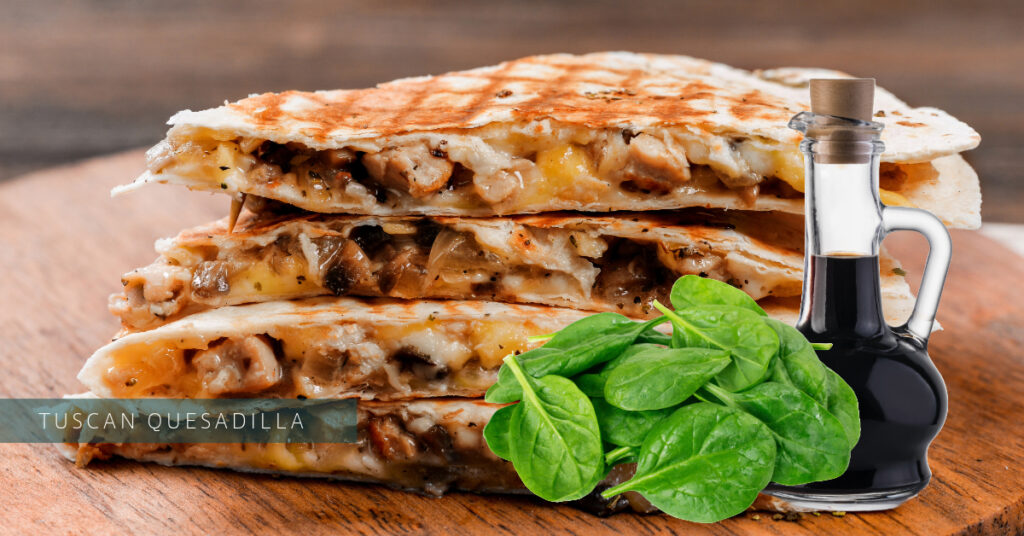
Tuscan Quesadilla –
Not Your Average Cheese Dream: Forget the cheddar, this quesadilla is all about celebrating Tuscan goodness. We’re talking creamy ricotta cheese, sun-dried tomatoes, and sautéed spinach nestled between warm tortillas. Add a drizzle of balsamic reduction for a sweet and tangy touch that’ll have you begging for more. This is basically a flavor hug on a plate.
Tuscan Tostada –
Move Over, Taco Tuesday: Ditch the boring toppings and build a Tuscan feast on a crispy tortilla. Start with a base of creamy white bean puree, top it with seasoned grilled chicken or shrimp, then unleash the flavor bomb with a salsa cruda bursting with chopped tomatoes, fresh herbs, and a squeeze of lemon. This is a taste bud party, and you’re invited!
A Fusion Journey to the Middle East:
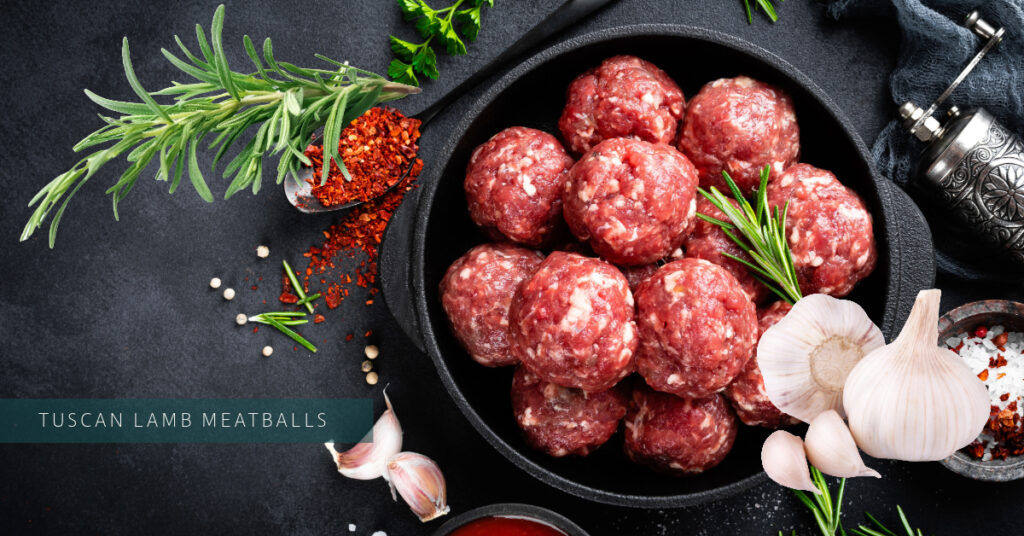
Tuscan Falafel Pita –
A Match Made in Flavor Heaven: Falafel gets the starring role in this fusion creation. Instead of the usual pita accompaniments, we’re topping it with a vibrant Tuscan chopped salad featuring thinly sliced fennel, juicy red onion, and fresh Tuscan olives drizzled with a simple lemon vinaigrette. The textures and flavors will blow you away. This is like, a whole new way to experience falafel, trust me.
Tuscan Lamb Meatballs with a Harissa Kick –
Spice up your life with these flavorful lamb meatballs. We’re using ground lamb seasoned with fresh rosemary, garlic, and a touch of red pepper flakes for a bit of heat. Serve them on a bed of fluffy couscous and drizzle with a cooling yogurt sauce spiked with harissa for a perfect balance of heat and creaminess. Trust me, this is a flavor explosion that will have you going back for seconds (and thirds, no judgment).
Beyond the Plate: Fusion Desserts Too!

Fusion isn’t limited to just main courses, my friends. Let’s explore some unexpected twists on classic Tuscan desserts:
Ricotta Panna Cotta with an Asian Pear Surprise –
This elegant dessert gets a delightful Asian twist. We’re infusing the creamy panna cotta with a touch of ginger or cardamom for a subtle warmth. Top it with a vibrant compote made with simmered Asian pears, a touch of honey, and a sprinkling of toasted sesame seeds for a textural contrast that’ll keep you coming back for more.
Tuscan Biscotti with a Blood Orange Zing –
The classic Tuscan biscotti gets a citrusy makeover. Add a splash of blood orange juice to the biscotti dough, then pair them with a homemade blood orange marmalade for a refreshingly tart and sweet accompaniment. This is a perfect way to end your Tuscan fusion feast on a bright and happy note.
Tips from Your Friendly Neighborhood Fusion Enthusiast:
Remember, there are no culinary police in the world of fusion cuisine.
